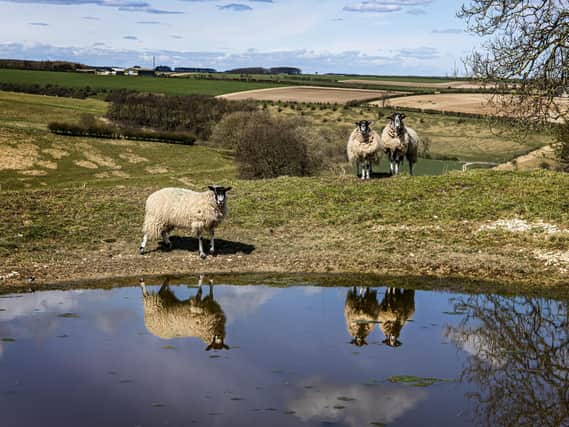Picture Post: Beauty of Yorkshire Wolds area once made famous by village with no TV reception


The Yorkshire Wolds Way is a 79-mile walking route which passes through some of the nation’s most tranquil and gentle countryside.
The area around Thixendale is one of the highlights, as Natural England’s National Trail website explains: “One of the Yorkshire Wolds’ most charming villages, tucked away at a point where six major dales converge. On closer inspection it can be seen that as many as 16 dales radiate out from the village, which may explain the origin of its name. So remote is Thixendale that we believe it was probably the last place in England to have TV reception, which happened only in the mid 1990s!”
Advertisement
Hide AdAdvertisement
Hide AdAn article in The Independent newspaper in 1999 explained: “The 120 villagers, snuggled deep in an ear-popping furrow of the Yorkshire Wolds - where normal television signals are blocked by the surrounding land - have spent most of their lives waiting for what the rest of the country takes for granted. About one in 200 homes in Britain has reception difficulties but most can be improved with technology. Thixendale, until recently, defied all such attempts.
“When television spread its tentacles in the post-war era, the village got blurry BBC (though never ITV) signals via a primitive communal rebroadcasting aerial. But with the onset of each new technology, the BBC’s comfortable presence was replaced by a snowstorm of interference, which was interspersed with brief pockets of decent reception. The communal aerial, designed to serve fewer than 30 houses, became overloaded as 10 more homes were built. The latest innovation, digital television, has caused more problems.”
In 2007, there was further controversy when villagers were told they would need Sky if they wanted to continue watching television as the analogue aerial was being turned off.
Technical details; Nikon D850 with a 24-70mm lens shot with the exposure 1/1000th @f11, 200 ISO. Picture - Tony Johnson.
Advertisement
Hide AdAdvertisement
Hide AdSupport The Yorkshire Post and become a subscriber today. Your subscription will help us to continue to bring quality news to the people of Yorkshire. In return, you'll see fewer ads on site, get free access to our app and receive exclusive members-only offers. Click here to subscribe.